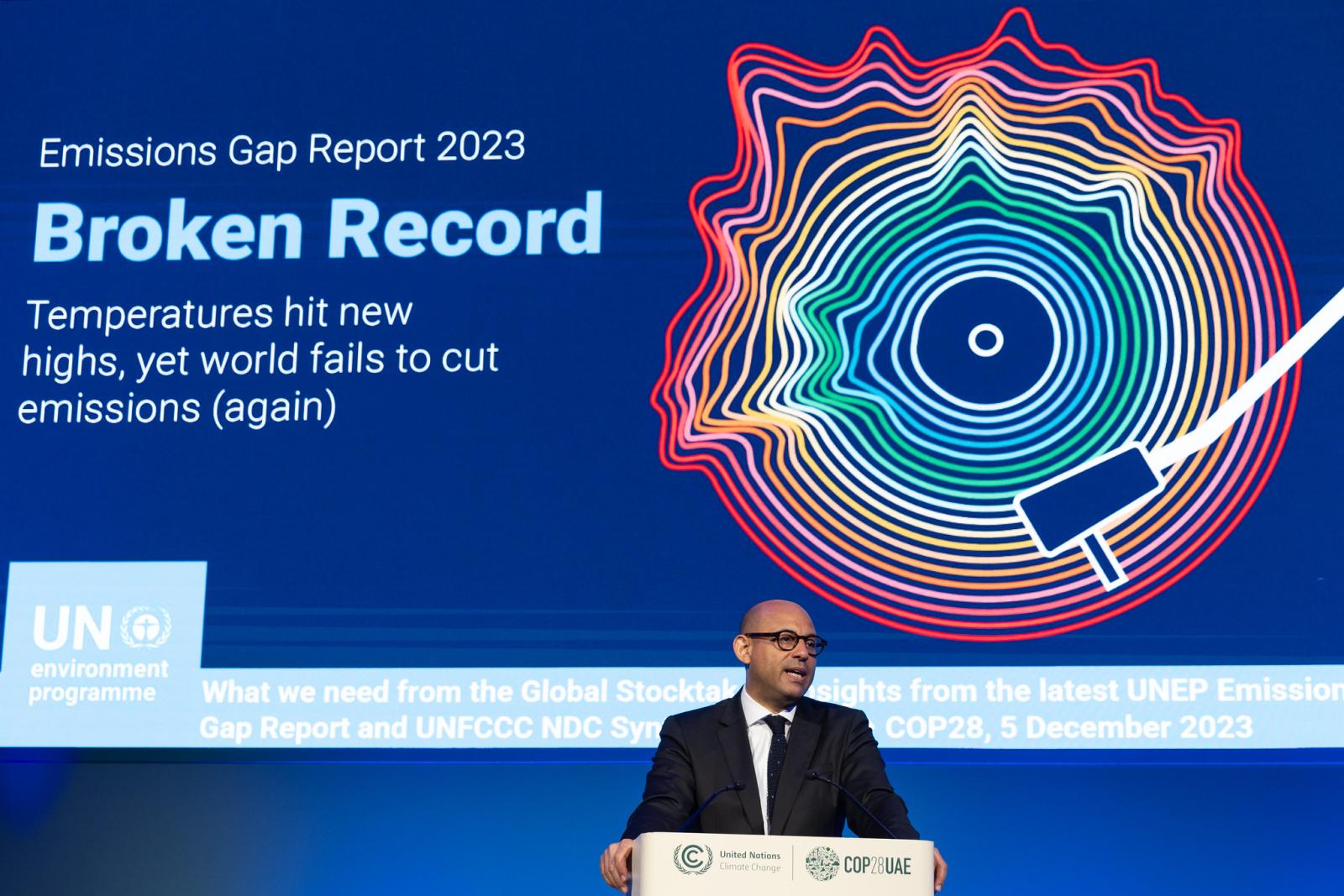Recently, the Internet of Things Observatory of the Polytechnic University of Milan conducted an analysis of 116 cities (51 in Italy, 65 abroad) and 258 Smart City applications enabled by Internet of Things (IoT) technologies. The concept of IoT, proposed by Kevin Ashton in 1999, refers to uniquely identifiable objects and their virtual representations in an Internet-like structure. As reported by Gildo Seisdedos Domínguez, the Smart City concept essentially means efficiency, which is based on the intelligent management and integrated ICTs as well as the active participation of the citizens. One of the main findings is the gradual shift towards natively multi-functional projects, which can share their technology to many applications. More than 30% of the projects launched since 2012 touches at least two areas of application, 12% at least three. We had the pleasure to speak with Emanuela Pala, Research Fellow at the Internet of Things Observatory of the Polytechnic of Milan.
Emanuela Pala, the term Smart City is a very broad and not merely a technological concept. What are the parameters that allow us to determine if a city is actually smart? For example, mobility, energy efficiency, sustainability, digital participation of the citizens?
From this point of view, the term itself refers to a broad concept with blurred boundaries. A city is smart if it rotates around six areas of smartness: smart-economy, smart-mobility, smart-environment, smart-people, smart-living and smart-governance. Obviously, not all of these dimensions must necessarily be present together. In general, smart refers to the ability of a city to generate competitiveness and sustainability. The latter revolves around important themes such as the energy efficiency and the environmental sustainability.
In this process of transformation of our cities, the role of the Internet of Things is absolutely central and fundamental. Without IoT it would not be possible at all. What are its possible uses in order to improve the quality of life in urban areas?
Yes, absolutely. The Internet of Things assumes a very important role, definitely as an enabler, in other words as a tool that can be used to help cities in the path that leads them to become intelligent. The overlap of the IoT with the concept of Smart City is not complete, but still very strong. The cover and the variability of possible applications' areas are extremely high. We have identified many areas of possible applications to the Smart Cities. A concrete example is certainly the theme of the viability with the monitoring of urban traffic. There are some possible corrective actions that can facilitate the traffic flow like, for instance, remote control adaptive traffic lights.
The Internet of Things Observatory of the Polytechnic University of Milan conducted an analysis of 116 cities (51 in Italy, 65 abroad). At what point are the Italian cities compared with Europe? Are they somehow connected together?
There are some features in common and some small differences. In Italy as well as in Europe, people are experiencing a lot about this issue. In addition, the themes of mobility and public transport are carriers throughout Europe, with the aim of improving the multimodality, namely the use of means of transportation alternative to the private ones. Instead, we are a little late regarding the issue of funding. There is still a difficulty in the access to public-private partnerships whereas they can play a crucial role to unlock the potentialities of Smart Cities. Currently, one of the main issues to the full adoption of PPP schemes is the correct identification of value drivers and effective business models that could draw private funds. If possible, an important part of the funding should be public anyway, because there are some areas of Smart Cities whose benefit is social rather than economic.
The projects are becoming increasingly multifunctional and across-the-board. Is it a characteristic inherent to the Internet of Things or an inevitable choice due to the economic crisis?
The two things are connected. In fact, the IoT is multi-functional by itself. On the same layer of technology, it allows you to enable different services in a transparent way and with reduced costs. This is an essential feature, especially in a context where there is more and more attention to the items of expenditure.


